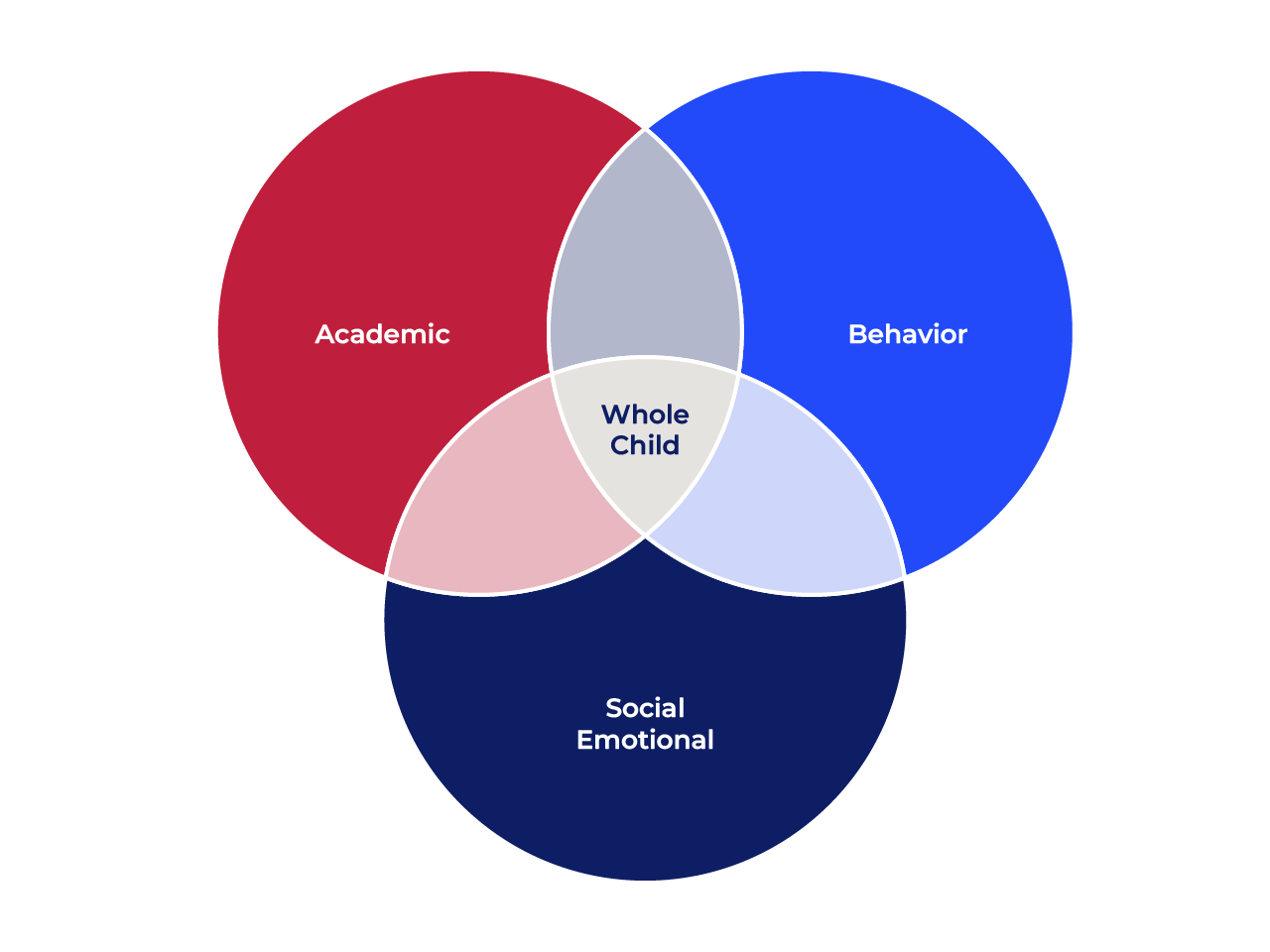
Where Intervention Started
What originally started as a form of progress monitoring, Response to Intervention (RTI) quickly developed into a comprehensive instructional approach used by school districts.
In the beginning, RTI looked like the well-known Response to Intervention pyramid. This pyramid was divided into student tiers, where each tier received its own specialized intervention.
Later, this structure began to evolve into focusing on more than just academic intervention. It started to factor in behavioral interventions that were found to influence student academic outcomes.





